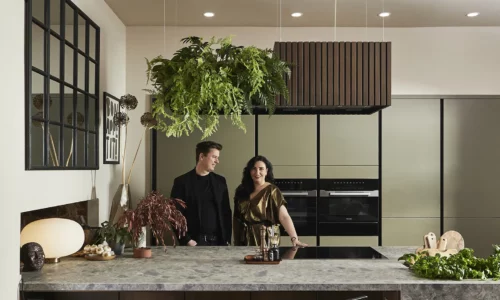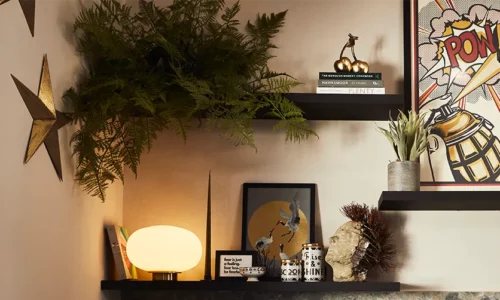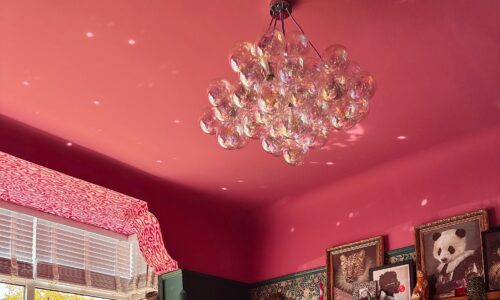How Many Lumens Do You Need In A Room?
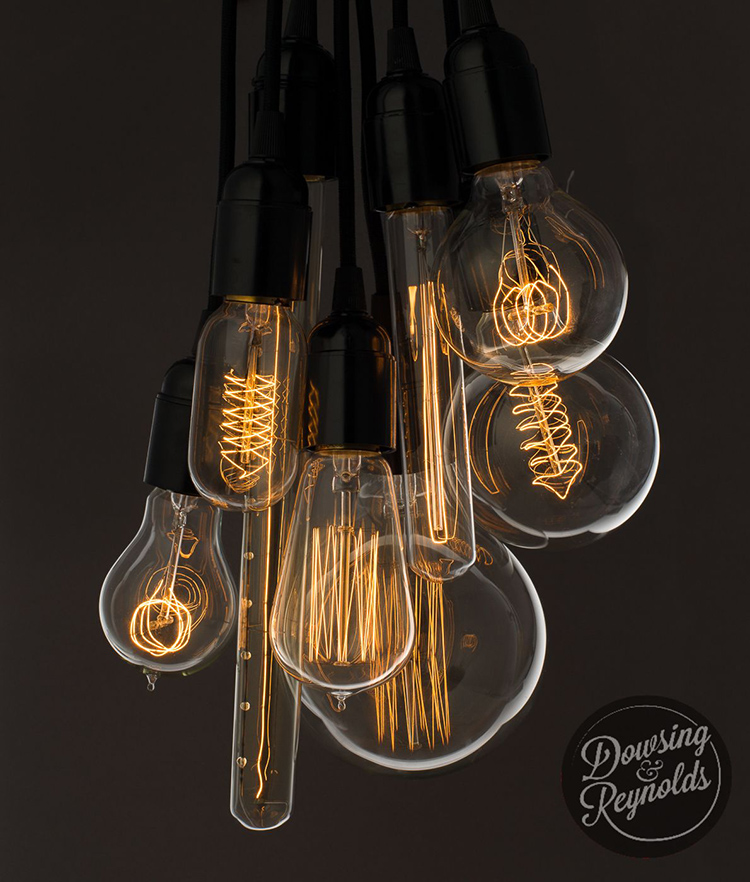
Browsing for new lighting to brighten up your living space, you ask yourself: how many lumens do I need? Your home has been far too dark for far too long, and now you’re ready to upgrade your décor to give you just the right amount of light in each room.
It can be difficult to know how many lights and lamps you’ll need to fully illuminate your space, especially since there’s no one-size-fits-all rule.
Discover how many lumens you need in each room to properly light your home.
What exactly are lumens?
Lumens are the standard unit of measurement used to determine how bright light is. When purchasing LED light bulbs for your home, it’s best to consider the lumen rating rather than the wattage, as this will give you a more accurate idea of how much light the bulb will give off.
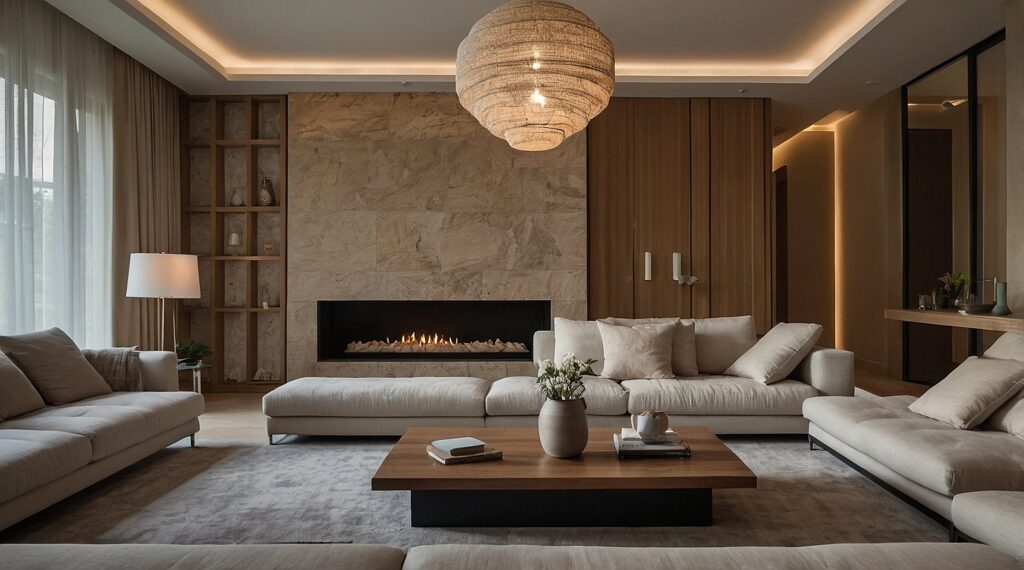
How many lumens are needed to light a room?
Unfortunately, there’s no definitive answer to this question – different rooms in your home will need different amounts of light depending on their size and function.
To achieve the perfect level of illumination in each room, you’ll need to start by considering the following factors.
Room size
Quite simply, the bigger the room, the more lumens are needed to ensure it is lit sufficiently. The lumens needed per square metre will depend on the function of the room, as well as your personal lighting preferences.
Room type
Rooms where high visibility is essential – such as kitchens, bathrooms, and offices – will naturally need more light. For these spaces, you should aim for around 400 lumens per square metre.
On the other hand, bedrooms and living rooms generally require more ambient lighting. For these rooms, around 200 lumens per square metre is ideal for sufficiently illuminating the space without making it feel too bright or clinical.
Lighting preferences
Where you place your lighting and the kinds of light fixtures you choose are also important to consider. When it comes to kitchen lighting, you might choose to have eye-catching pendant lights over your primary workspace, with a few downlights throughout the rest of the room.
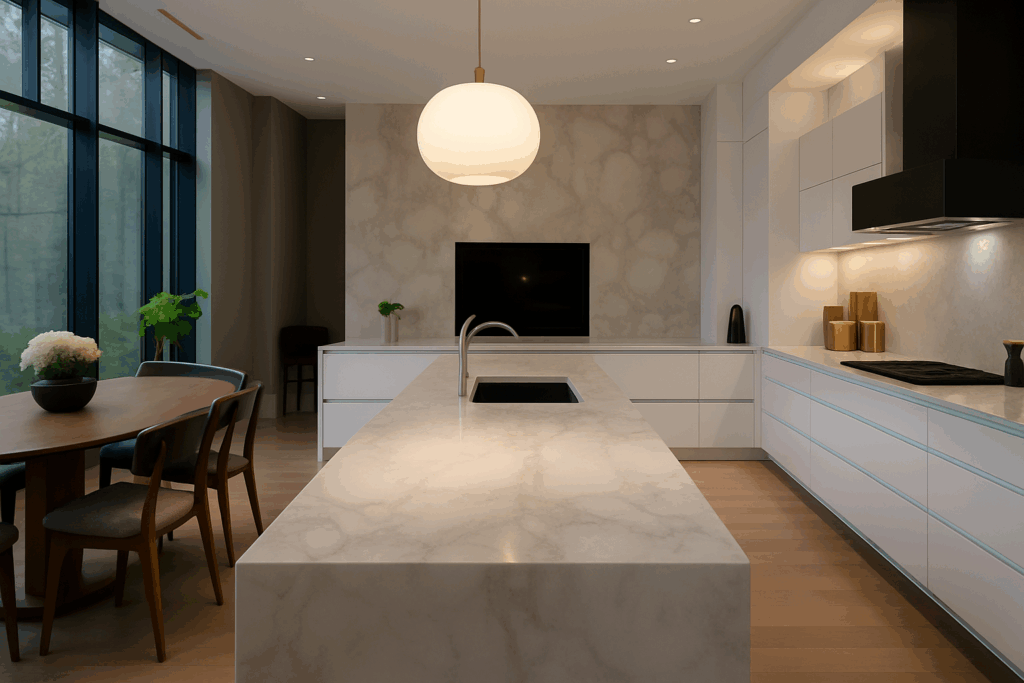
For your living room lighting, you might use more floor and table lamps to create a relaxing atmosphere.
How do I calculate how many lumens I need?
To calculate how many lumens you need for each room, simply take the room’s size in square metres and multiply it by the recommended lumens for that space.
As we’ve already mentioned:
- Rooms that require lots of light should have around 400 lumens per square metre
- Rooms that require less light should have around 200 lumens per square metre
Therefore, if you’re lighting a 14 square metre kitchen, your calculation would be 14 x 400, because kitchens need lots of light to properly illuminate tasks like cooking and cleaning.
14 x 400 = 5600, so you would need roughly 5,600 lumens to sufficiently light your 14 square metre kitchen.
Bear in mind that this is only a rough calculation, and you may wish to have more or less light depending on your lighting preferences. If you prefer slightly brighter rooms, for example, you might want to multiply the size of the room in square metres by 500 or 300 instead of 400 or 200.
How to incorporate the right amount of light into your room
No one source of light on its own will meet a room’s lumens-per-square-metre requirements. You’ll need to layer ambient, accent, and task lighting to create a dynamic space that meets all your lighting needs throughout the day.
- Ambient lighting: This is the general lighting that provides overall illumination in a room. It usually consists of ceiling lights as these are best for casting light throughout the space.
- Task lighting: This type of lighting is used to illuminate tasks. In the kitchen, this might mean suspending a pendant light over your kitchen island, while in the bedroom it might mean putting table lamps by your bed.
- Accent lighting: This lighting is used to highlight certain key features or areas within a room. Wall lights intended to draw attention to pieces of artwork are a good example.
‘Layering up your lighting is the easiest way to ensure you have enough light and the right kinds of light to illuminate every part of your day’, says Ally Dowsing-Reynolds, lighting expert and co-founder of Dowsing & Reynolds. ‘While conventional wisdom says eight light sources suit most spaces, bigger rooms need more.’
Design tip: When planning your home lighting scheme, don’t overlook the importance of choosing the right light switches. In multifunctional spaces like the living room, it’s worth putting your lights on dimmer switches to give you full control over the brightness of your lights throughout the day.
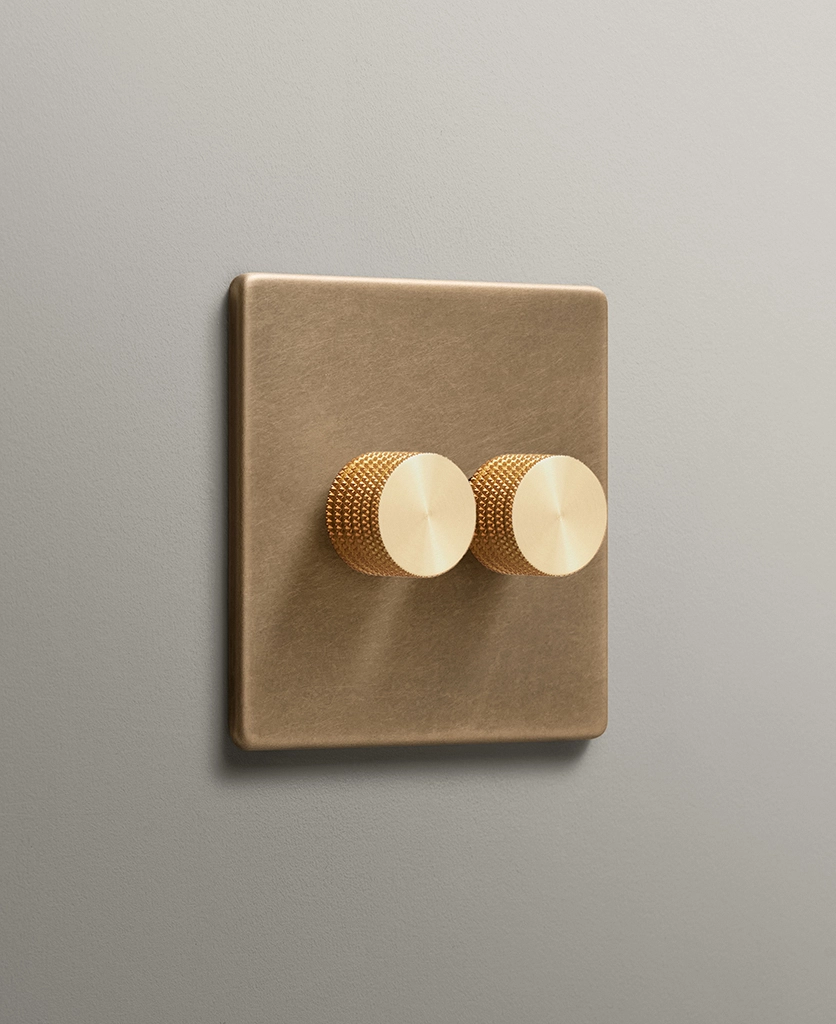
Show us your well-lit interiors
We’d love to see how you’ve used these tips to brighten up your home. Tag us on Instagram @dowsingandreynolds – we can’t wait to see what you’ve come up with!

